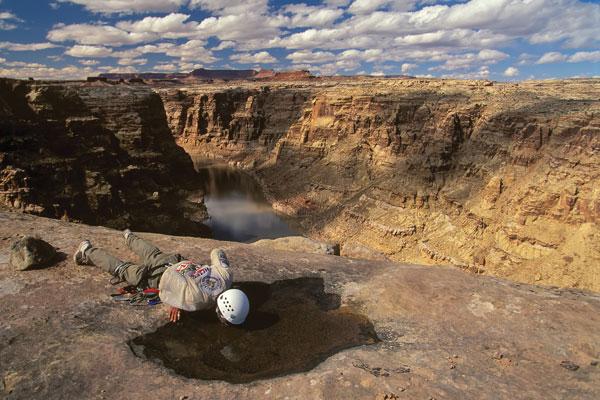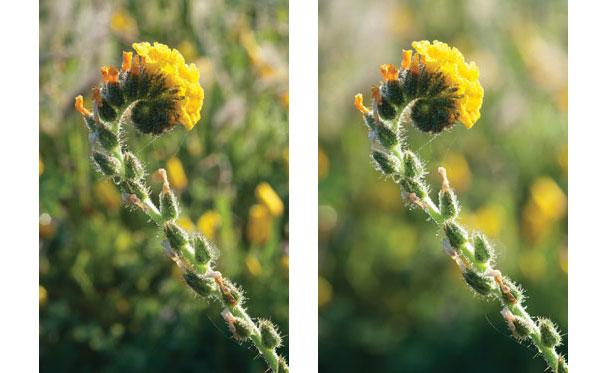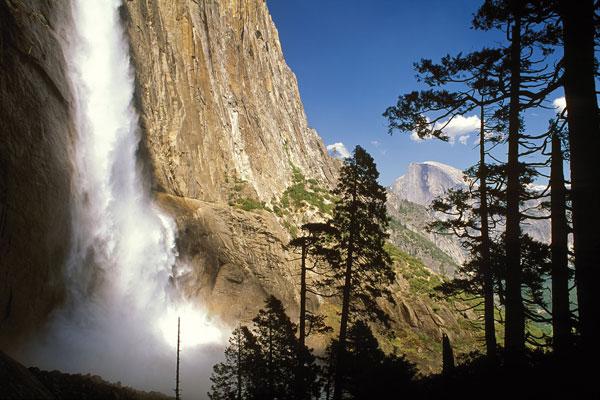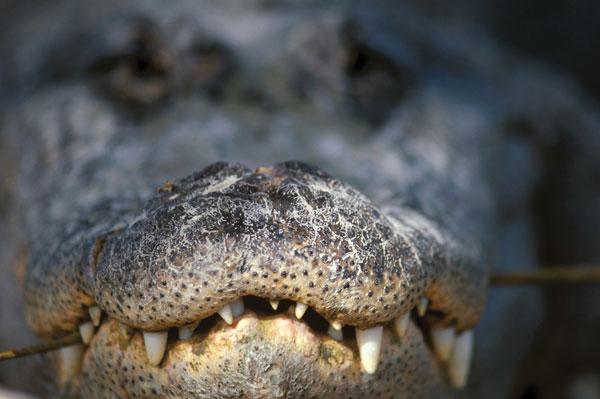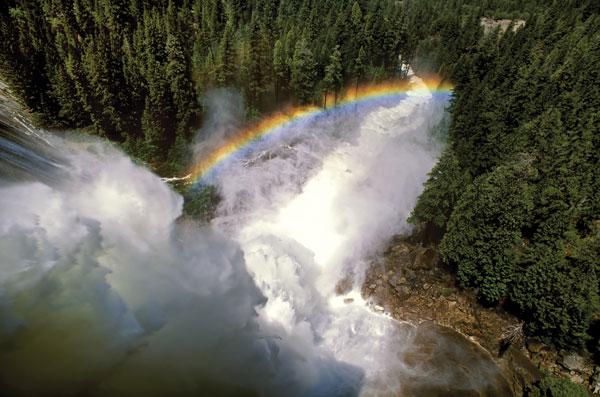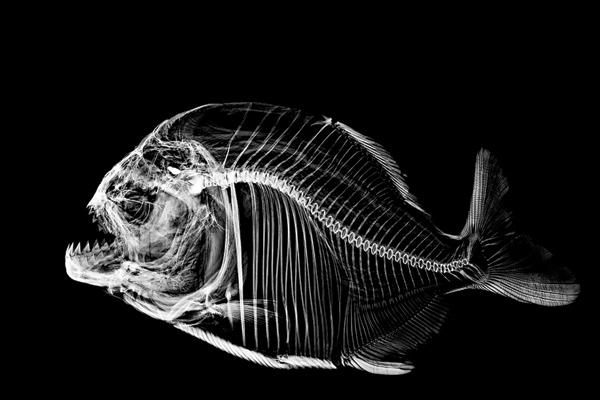Jim Zuckerman
|
Feb 19, 2016
|
Dec 28, 2015
|
Dec 28, 2015
|
Nov 20, 2015
|
Aug 24, 2015
|
Aug 24, 2015
|
Apr 24, 2015
|
Apr 24, 2015

